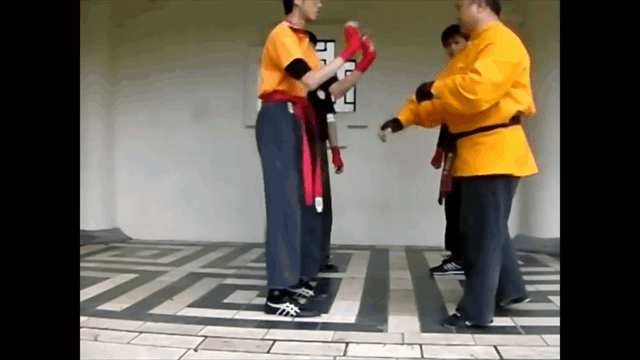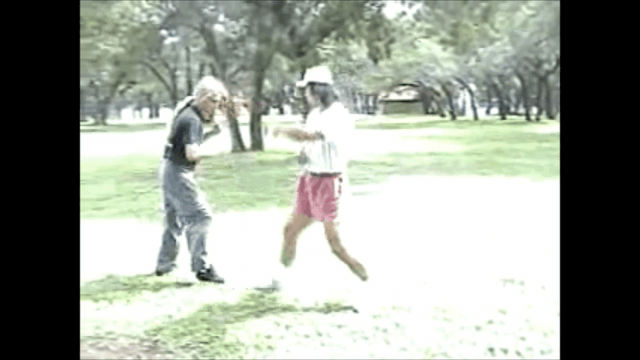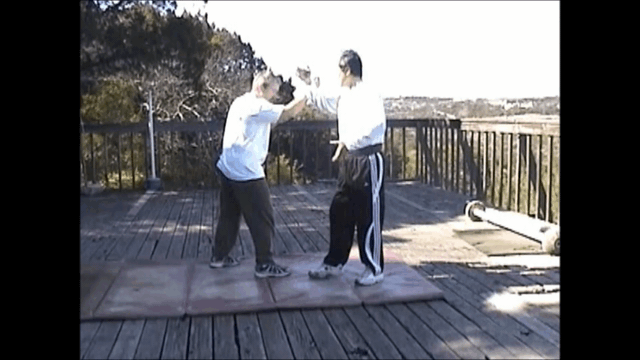When you train the jab, cross combo, do you add a pull between jab and cross?
Old saying said, "One should not pull his hand back empty." A pull after the jab can open your opponent up more for your cross.
Your thought?
Old saying said, "One should not pull his hand back empty." A pull after the jab can open your opponent up more for your cross.
Your thought?




